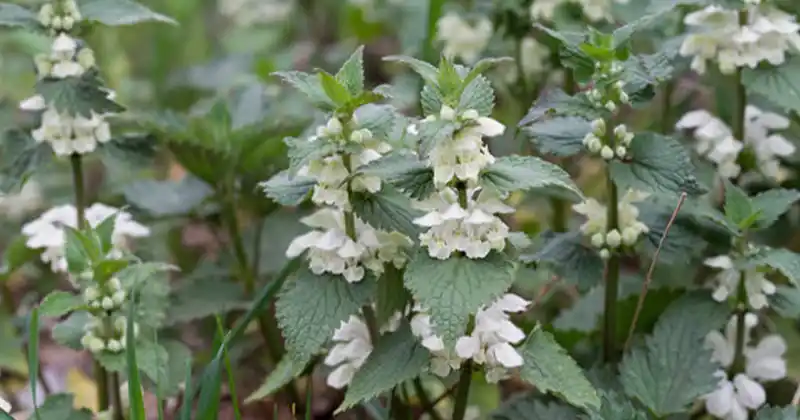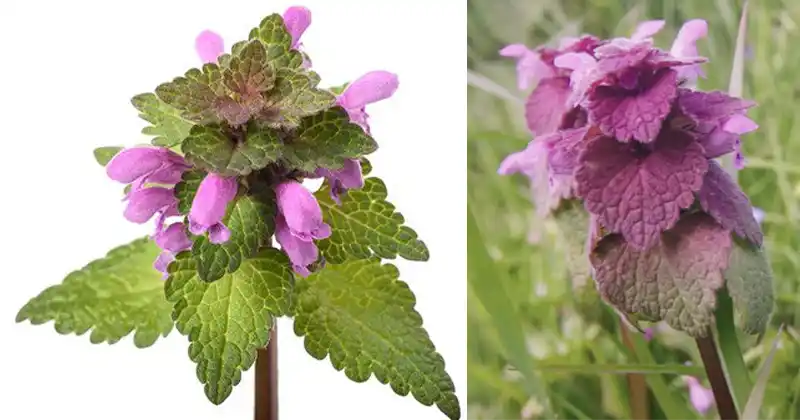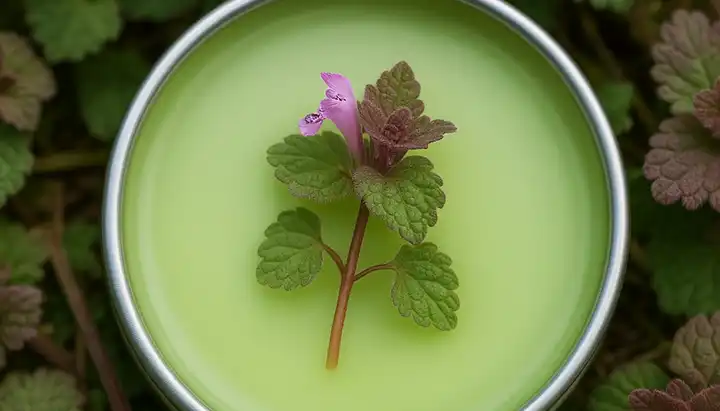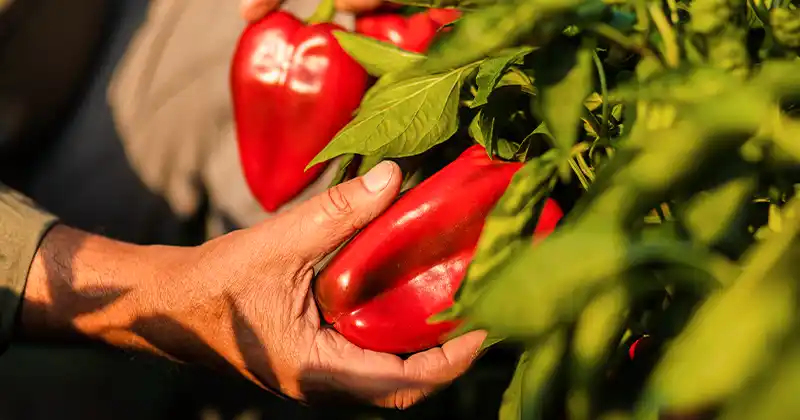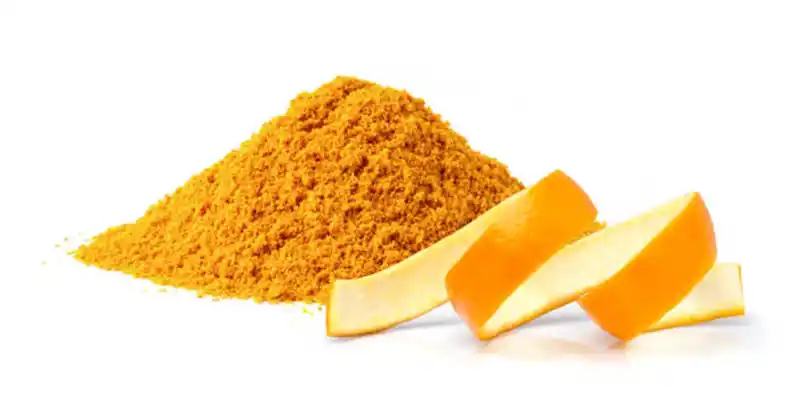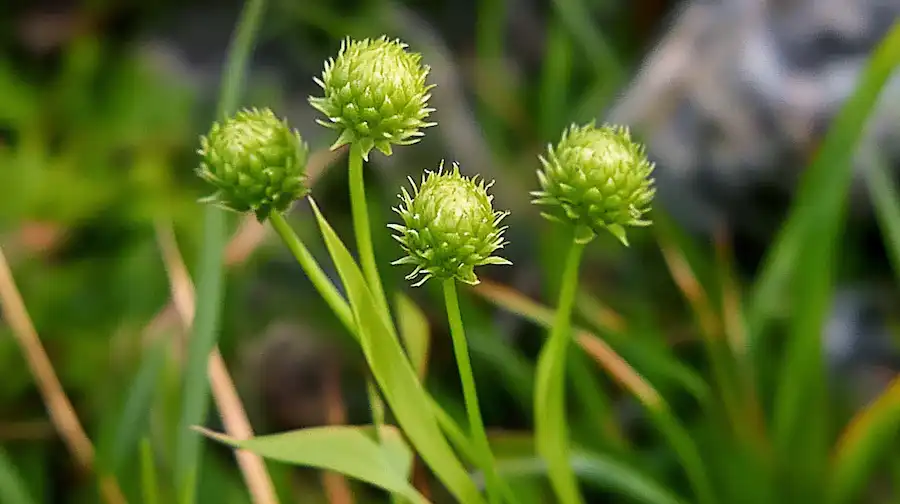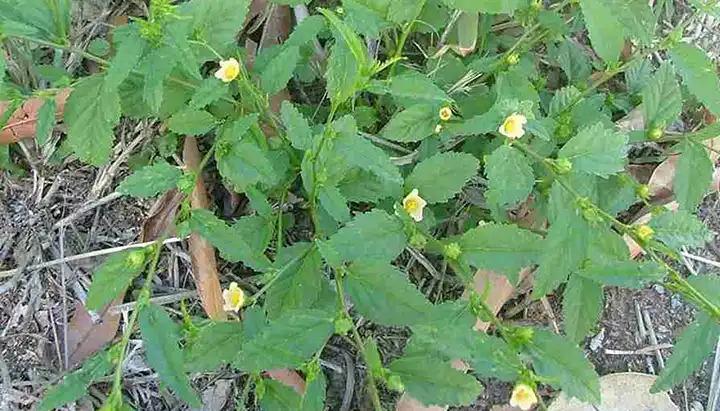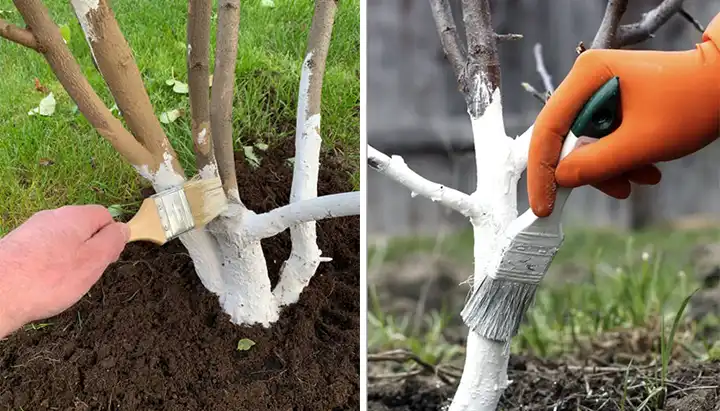The Complete Guide to Planting, Growing, and Harvesting Watermelons
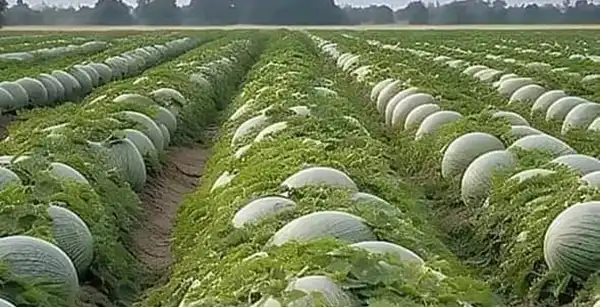
Watermelons (Citrullus lanatus) are a refreshing and delicious fruit that thrives in warm climates. Whether you’re an experienced gardener or a beginner, successfully growing watermelons requires some knowledge and care. In this comprehensive guide, we will take you through every step of the watermelon growing process, from planting to harvest, along with important tips and tricks to ensure a bountiful harvest.
- Choosing Watermelon Varieties: Selecting the right watermelon variety is essential for a successful harvest. Consider factors such as climate, space availability, and preferred taste. Common varieties include Crimson Sweet, Sugar Baby, Jubilee, and Charleston Gray. Each has its own unique characteristics and flavors, so choose wisely.
- Site Selection and Soil Preparation: Watermelons thrive in full sunlight and well-draining soil. Choose a location in your garden that receives at least 8 hours of sunlight per day. Prepare the soil by loosening it to a depth of 12-18 inches and adding organic matter to improve its fertility and drainage.
- Planting Watermelon Seeds: In regions with a short growing season, start watermelon seeds indoors 2-4 weeks before the last expected frost. Transplant the seedlings outdoors when the soil has warmed up, and all danger of frost has passed. In warmer climates, you can directly sow seeds into the garden after the danger of frost has passed.
- Spacing and Planting: Watermelon plants need plenty of space to grow. Allow a minimum of 3 feet between each plant and space rows about 6 feet apart. This ensures adequate air circulation and room for the vines to spread. Plant the seeds or seedlings about 1 inch deep in the soil.
- Watering: Watermelons require consistent and deep watering throughout their growth period. Aim to keep the soil evenly moist, especially during flowering and fruit development. Be careful not to overwater, as this can lead to root rot.
- Fertilizing: Use a balanced fertilizer before planting and again when the plants start flowering. Avoid high-nitrogen fertilizers as they promote foliage growth at the expense of fruit development. Instead, opt for a fertilizer with a higher phosphorus content to support fruit formation.
- Trellising and Support: While watermelon plants can sprawl on the ground, trellising can save space and keep the fruits cleaner. You can create simple trellises using stakes and netting or opt for more advanced vertical gardening structures.
- Pest and Disease Control: Common pests that may attack watermelons include aphids, cucumber beetles, and spider mites. Keep an eye out for any signs of infestation and use natural or organic insecticides as needed. Diseases such as powdery mildew and fusarium wilt can be prevented by practicing crop rotation and providing good airflow between plants.
- Pollination: Watermelon plants have separate male and female flowers. Bees and other pollinators are crucial for successful fruit set. To enhance pollination, avoid using pesticides during flowering, and encourage pollinator-friendly plants nearby.
- Thinning: Once your watermelon plants start producing fruit, you may need to thin them to ensure even development and better fruit quality. Remove smaller or misshapen fruits, leaving only a few healthy ones per vine.
- Mulching: Mulching around watermelon plants can help retain moisture, regulate soil temperature, and prevent weed growth. Use organic mulches like straw or wood chips, applying them in a layer of about 2-3 inches.
- Ripeness and Harvesting: Determining the perfect time to harvest watermelons is crucial for their taste and texture. Look for signs such as a dull appearance, yellowing of the underside, and a dried tendril near the fruit’s stem. Gently tap the watermelon – if it sounds hollow, it’s likely ripe. Cut the fruit from the vine with a sharp knife, leaving a short stem attached.
- Storage and Post-Harvest: Watermelons are best enjoyed fresh, but if you have an abundance, store them in a cool, dark place with good ventilation. They can last for about 2-3 weeks if kept properly.
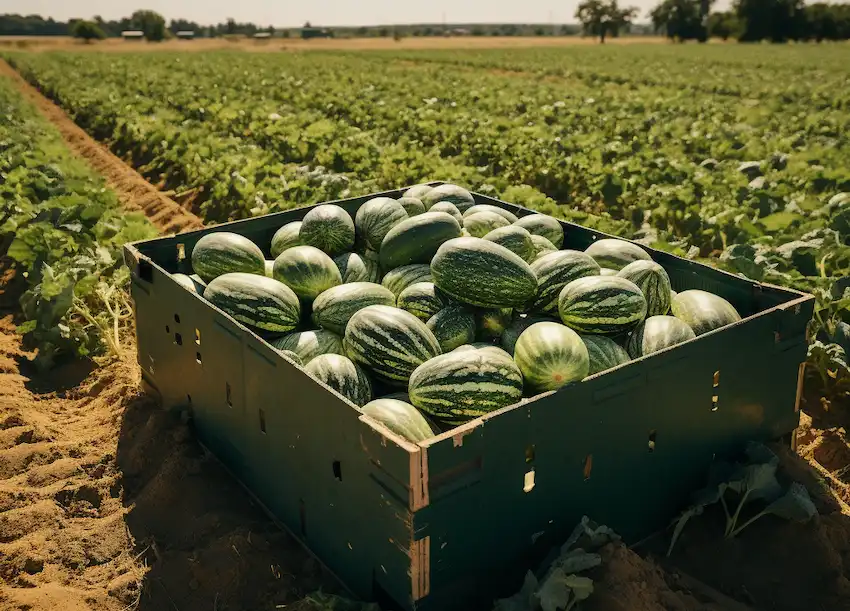
Tips and Tricks:
- Use black plastic mulch to warm the soil and suppress weeds.
- Consider using a drip irrigation system to deliver water directly to the roots and minimize water waste.
- Apply neem oil or diatomaceous earth to deter pests without harmful chemicals.
- Practice crop rotation to prevent soil-borne diseases.
- Monitor the growth of your watermelon fruits regularly to ensure they don’t overripen.
Growing watermelons can be a rewarding experience, and with the right care and attention, you can enjoy a sweet and juicy harvest. Follow this comprehensive guide from planting to harvesting, and don’t forget to employ the tips and tricks to optimize your watermelon growing success. Happy gardening and enjoy the fruits of your labor!
